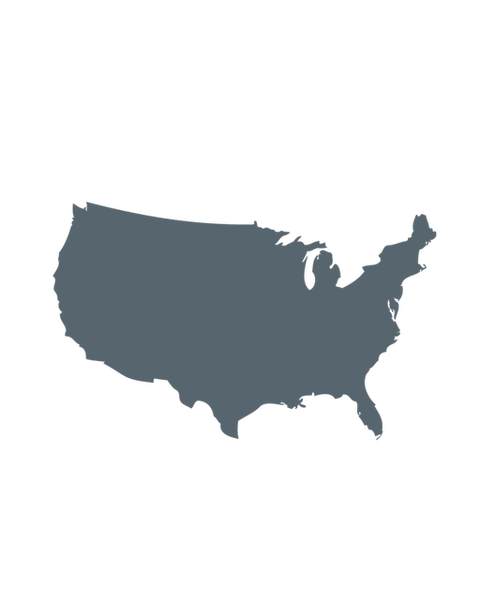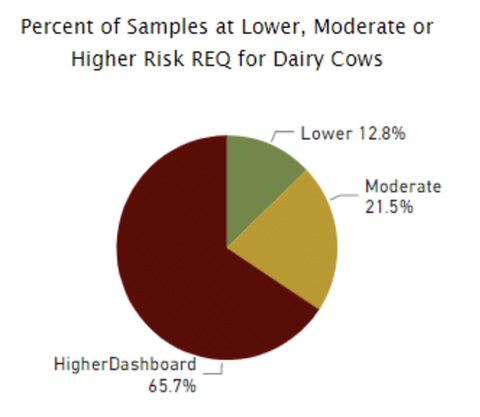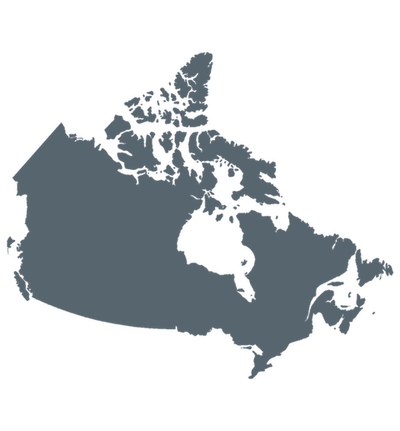
Regional SILAGE
Select a country to see the effects mycotoxins have had on silage.

USA
Sample number = 312
Corn silage samples in 2018 have shown high occurrence of type B trichothecenes in 89% of samples. The average contamination is running at over 1,361 parts per billion [ppb], with 19% of samples having levels above 2,000 ppb (maximum detected at 18,870 ppb).
Type B trichothecenes can depress feed intake, negatively affect rumen functions and alter gut health. They may also impact reproductive performance and milk production.


JAPAN
Sample number = 11
Ochratoxins/citrinin and type B trichothecenes have been detected in over 54 percent of samples, and 36 percent of samples have contained other Penicillium mycotoxins. These three groups are causing the highest risk to dairy cows, although multiple other mycotoxins have been detected in samples.
Type B trichothecenes can depress feed intake, negatively affect rumen functions and alter gut health. They may also impact reproductive performance and milk production. Penicillium mycotoxins have strong impacts on the rumen, gut functions, and immunity.

CANADA
Sample number = 16
Silage samples in Q1/Q2 2018 have shown high occurrence of type B trichothecenes in 87.5% of samples. The average contamination is running about 2,800 parts per billion [ppb], with the maximum detected at 7,647 ppb.
Type B trichothecenes can depress feed intake, negatively affect rumen functions and alter gut health. They may also impact reproductive performance and milk production.

FINLAND & DENMARK
Sample number = 8
High levels of type A trichothecenes have been detected in 50 percent of silages from Denmark and Finland. In these samples, the average concentration is at 326 ppb and the maximum detected at 2,198 ppb. These mycotoxins may cause reduced feed intake, intestinal lesions and hemorrhaging, bloody noses, reduced reproductive performance and lower milk production.
Aflatoxin B1 has been detected in 20 percent of these silage samples, with an average of 27 ppb. Inclusion rate of these forages should be considered when monitoring aflatoxin B1 risk.
Other Penicillium mycotoxins are also a common occurrence in these silages, being detected in 62 percent of samples at an average of 216 ppb.
This is a higher risk level for dairy cows. These mycotoxins often develop during storage but may begin at harvest.


